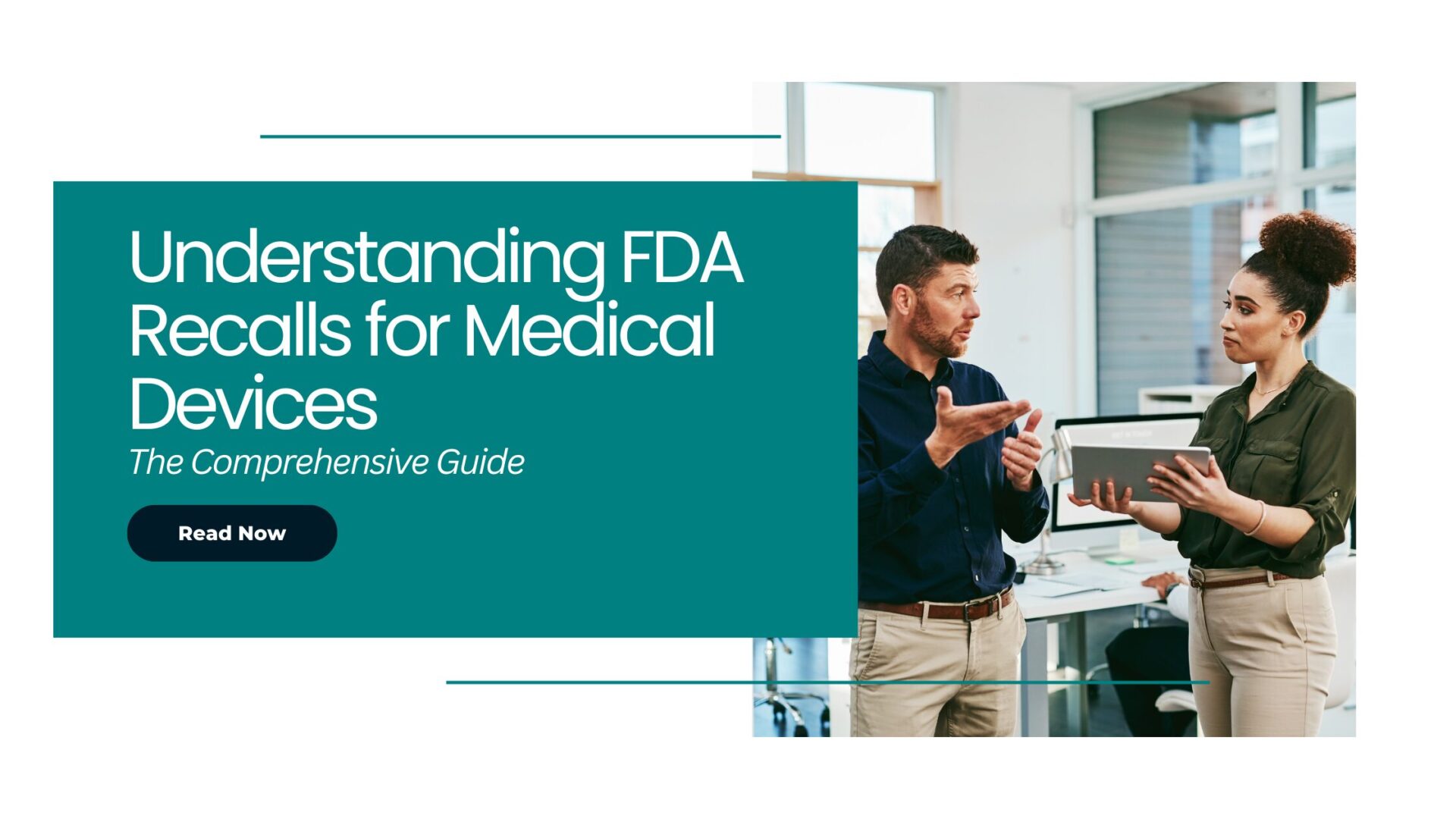In the recent two decades, Cardiovascular Research has grown into a leading field. According to the “Heart Disease and Stroke Statistics — 2015 Update” released by the American Health Association –
“More than 190 countries together see 17.3 million deaths due to heart problems every year. This number is expected to rise to more than 23.6 million by 2030.”
Heart specialists across the globe are studying new ways to diagnose and treat heart problems, from state-of-the-art tests and advanced drug therapies to sophisticated life-saving surgical procedures. Some such innovations which have seen the light of day are:

1. Entresto – A prescription medicine developed by Novartis Pharmaceutical Corporation to reduce casualties in cases of chronic heart failure. The drug is the first-in-class Angiotensin Receptor Neprilysin Inhibitor (ARNI) that reduces strain on the failing heart.
2. Kengreal – An antiplatelet drug, produced by The Medicines Company. Blood clots formed in the coronary arteries can be prevented by its usage. This drug has been approved especially for adults who undergo Percutaneous Coronary Intervention (PCI).
3. Praluent – Sanofi and Regeneron Pharmaceuticals device a monoclonal antibody for treating patients suffering from atherosclerotic heart disease who require additional lowering of LDL-cholesterol. The drug prevents the PCSK9 enzyme from binding to LDL-Receptors within the liver, increasing the number of LDLRs available to clear LDL, thus lowering the LDL-cholesterol levels in the body.
4. Savaysa – Daiichi Sankyo has created this drug for the prevention of stroke and blood clots in patients with a certain heart rhythm problem (e.g., nonvalvular atrial fibrillation). It is responsible for inhibition of the FXa enzyme in the coagulation cascade to reduce thrombin (blood-clotting protein) generation and thus reduce the formation of a thrombus (blood clot in veins).
5. CADence™ System – This device by AUM Cardiovascular, Inc. is like an electronic stethoscope that identifies any turbulence in the heart due to blocked coronary arteries. It is suggested for patients suffering from chest pain along with at least 2 other symptoms such as obesity and hypertension. CADence has received the European regulatory approval for sale in April this year but is yet to get FDA’s nod.
6. IN.PACT Admiral DCB – Medtronic has come up with an angioplasty balloon, coated with a drug called paclitaxel (prevents arteries from narrowing), which is inserted through blood vessels to re-open blocked or narrowed arteries.
7. Ventricular Assist System – The HVAD® Pump devised by HeartWare®is implanted in the chest connected directly to the heart, pumping blood from the left side of the heart to the aorta which carries blood to the rest of the body. This pump is run by a small external battery-driven controller connected by a small cable that passes through the skin on the patient’s upper abdomen. The HVAD® was approved by the U.S. FDA in 2012, and by the European Union in 2009.
8. Philips EPIQ 7 HeartModel A.I. – For ultrasound imaging of the heart, Philips has introduced a new Anatomically Intelligent Ultrasound (AIUS) tool. To conform to a patient’s anatomy variability, it employs a digital database of adaptive system technology and anatomical structure. By the end of this year, the device will be made available globally.
“In spite of the numerous benefits offered by these treatments, there are certain associated side effects and contraindications. However, the fact that the benefits outweigh the risk posed, cannot be denied.”
The constant effort of our entire medical fraternity in today’s era is to bring significant reduction in the number of deaths because of cardiac problems. This is taking medical science to a whole new exciting level of development. At Elexes also we have been working to bring such lifesaving drugs, biologics and medical devices to the market.
Photo Credit : One News Page,




















